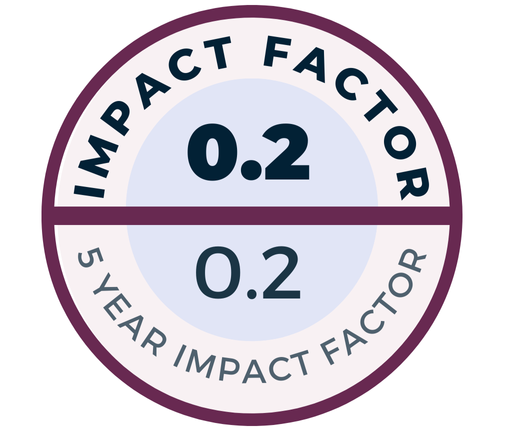Present-day electrode design is the result of 40 years of continuous effort of collaboration between cochlear implant manufacturers and clinicians. There are currently 2 types of electrodes on the market: straight and pre-curved. It is accepted that preservation of intra-cochlear delicate structures should be attempted even in non-hearing preservation surgery. This demands a flexible electrode array to minimize the incidence of electrode scalar translocation. It is known that the neuronal cell bodies are distributed inside the cochlea to an angular depth of 680°, which is equivalent to a linear length of approximately 18-30 mm, considering the overall variation in human cochlear size. This requires electrode arrays in various lengths to match the differences in cochlear size and to cover the majority of the neuronal cell bodies with electrical stimulation. The fixed size and the shape of pre-curved electrodes seems a deficit because it prevents the electrode from tightly hugging the modiolus in every cochlea. This is because it can neither accommodate the size variation of the cochleae nor reach the second turn of the cochlea with electrical stimulation. Nor does it accommodate the special population of patients with innerear malformations, in whom the central modiolus trunk is either fully or partially absent, which demands that electrode contacts are placed proximally to the lateral wall of cochlea. In this case, the straight configuration electrode is a better choice. Explantation of the electrode array years after the implantation should also warrants attention as reports on explantation forces in cochlear models seem to indicate that the force is greater in pre-curved electrode arrays. The future looks promising for drug-eluting electrodes, to minimize the inflammation and to even regenerate neuronal elements, but even when using drug therapy the cochlea should be free from any trauma, as for during reimplantation surgery.
Cite this article as: Dhanasingh A. Design of a cochlear implant electrode. ENT Updates. 2022;12(2): 97-109.

.jpeg)
